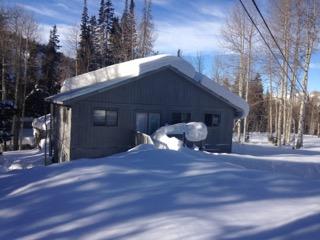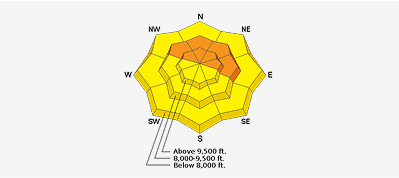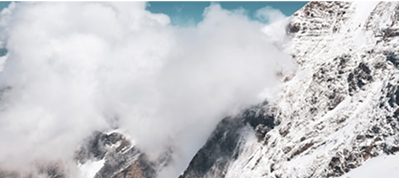FTest results in the cohesion-less upper 10 cm of surface snow illustrated the potential for Loose Dry Avalanches/Sluffs to be common in steep terrain on all aspects.
For Saturday, the Danger appeared to be Considerable in Wind Loaded areas, and these would most Likely be in the upper elevations on N-NE aspects.
Sounds like everyone needs to pull out there most water resistant gear for Sunday with the forecast of rain up to 8000 feet. And if the forecast verifies, there may be a few Avalanche Concerns; 1.) Rain on Snow from 8000 down means Rain on Cold Snow that has not yet been warmed significantly; and this includes a widespread area like the Lower Canyons and the benches in the Salt Lake Valley. Another concern is Roof Avalanches (See Photo below). This changing weather pattern combined with Strong SW Winds and abundant moisture appears to be a recipe for Widespread Natural Wet Activity. Plus with the Light Density Snow that may fall overnight on the 7th, there appears to be the potential for Dense Slabs being reactive on this Lighter Layer.
For Sunday, the Danger will start out as Considerable as identified above, and most Likely will escalate to High later in the day when the Precipitation rates pick up combined with the unseasonable warm temperatures forecast.







